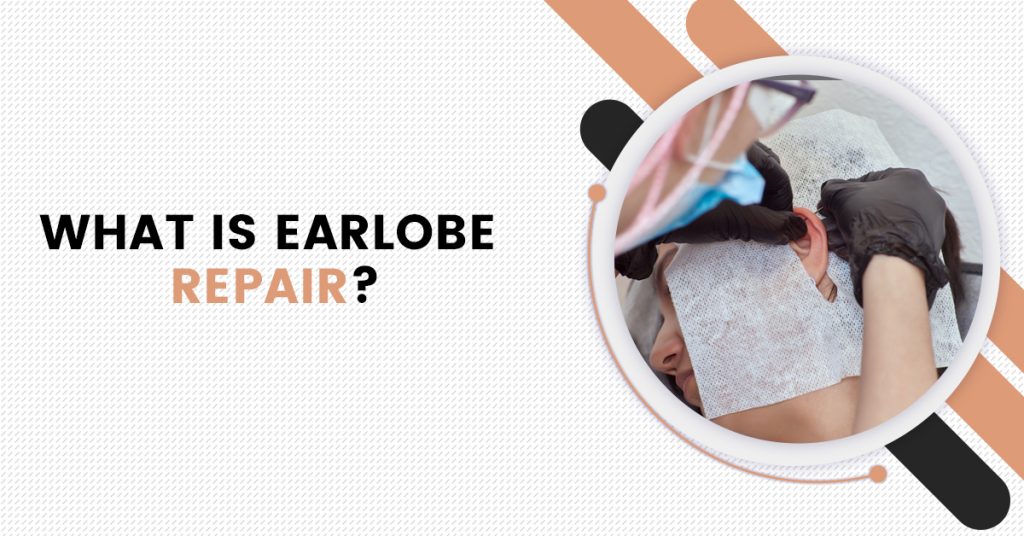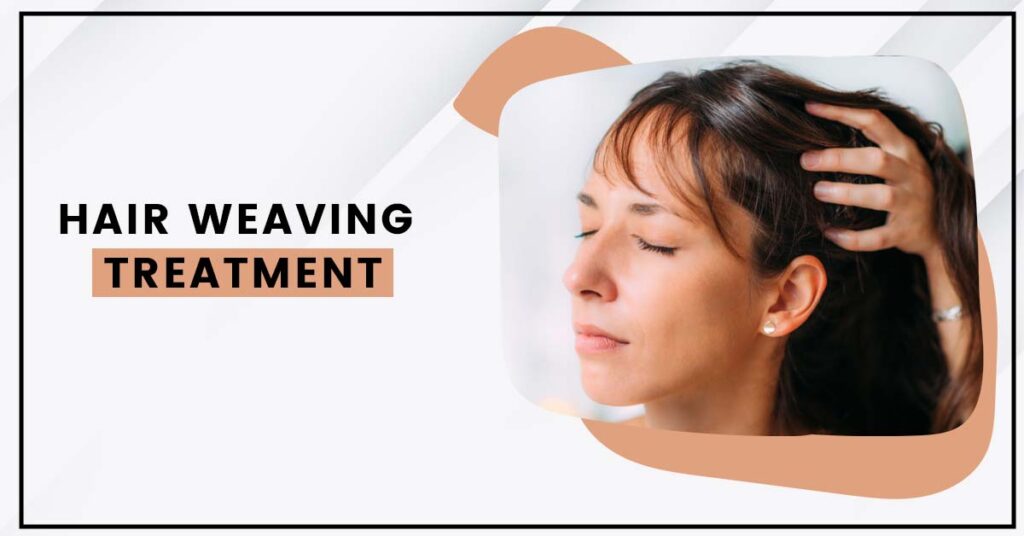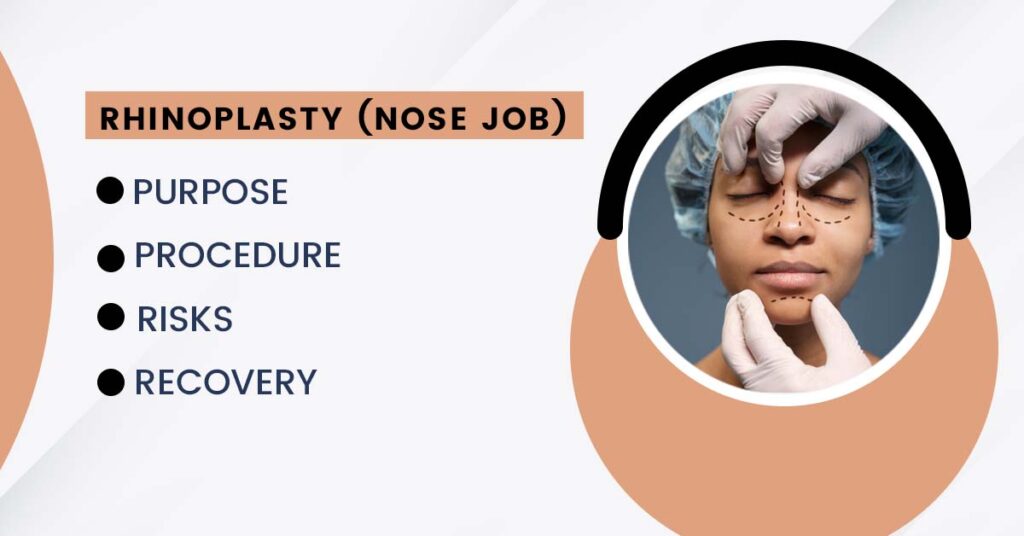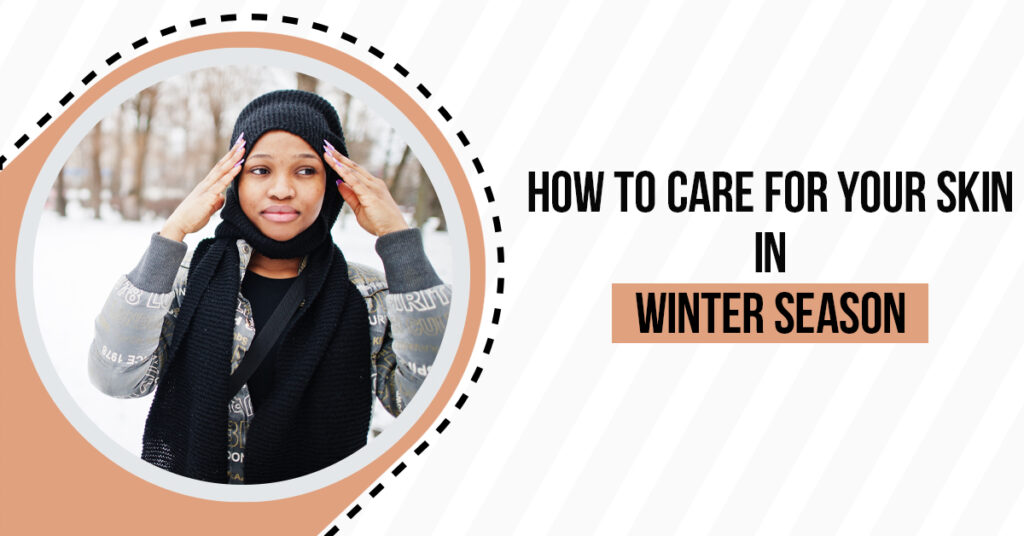Among facial structures, the earlobe has a special significance. In many parts of the world, earrings are pierced because they are commonly worn.
Earlobes are made up of skin and fat. There is no thick cartilage in this area, unlike the rest of the ear. A perforated ear lobe is therefore easy to repair. Ear lobe piercing is common in many cultures for adorning jewelry.
An ear lobe rupture is more likely to occur when the ear lobe is pierced. The majority of earlobe tears require medical attention, although some may heal on their own with time. In most cases, ear lobe repair is necessary due to damage caused by heavy earrings. Sometimes, it may be caused by someone (usually a child) pulling on the earlobe or earring.
Re-shaping the lower portion of your ear is a simple, in-office procedure known as earlobe repair. Most commonly, it is used to repair an enlarged ear piercing that has stretched over time. A completely torn earlobe can also be repaired with it if it has been torn through by an accident.
Causes of Earlobe:
A split earlobe or enlarged piercing hole can be caused by a variety of factors. In many cases, split earlobes are caused by acute trauma, such as a small child pulling an earring through a piercing hole.
Alternatively, a dog grabbing an earring that got tangled in something and getting the earring out. Trauma can even result from repeatedly putting on and taking off clothes while wearing earrings.
The piercing hole is also lengthened when heavy earrings are worn regularly, eventually causing it to pull through. Despite not having pierced ears, split earlobes can occur.
A split earlobe can occur when clip-on earrings are too tight, restricting the blood flow to the earlobe and resulting in necrosis. There are some other causes of swollen earlobes including:
- When the ear hole is stretched from wearing heavy earrings or large gauges frequently, it can result in stretched ear holes.
- Ear holes that have been torn, usually by snagging or pulling an earring, or by long-term use of heavy earrings or large gauges.
- The bite of a bug.
- Infections of the skin caused by bacteria are known as cellulitis. Symptoms include pain, swelling, and redness. An abscess may also result in fever, nausea, and localized drainage, among other symptoms. Without treatment, the abscess may worsen.
- Swollen earlobes can also be caused by contact dermatitis. Jewelry can cause this reaction due to an allergic reaction to the skin.
- The earlobes can swell when wearing nickel earrings, just as they do when wearing other non-hypoallergenic metals. Preventing symptoms and allowing the ears to recover may be easier by avoiding irritant-containing jewelry.
How to Prevent Earholes from Enlarging?
Most people don’t want stretched earlobes unless they are deliberately enlarging their earring holes with gauges.
A stretched or torn earring hole cannot be repaired without surgery once it has been stretched. The main approach which we need to focus on first place is to prevent the problem from occurring.
Here are some effective tips that help you avoid stretched or ripped earring holes:
- Choose lightweight earrings or threaders. Earrings that are light will not stretch your earholes as heavy earrings will. Keep your ear holes small and supported by wearing lightweight earrings, or even threader earrings.
- You should only wear heavy earrings for a short period. Keep your heavy earrings for special occasions only to limit the pressure you place on your earlobes. If you are thinking to wear heavy earrings, you have to make sure to take them off as soon as your event is done.
- You should avoid wearing earrings that can easily snag. It is more likely that an accidental tear will occur when earrings are worn with certain clothing combinations.
- Avoid wearing long earrings with knits or lace when you have earrings in. When wearing earrings, remove tops carefully.
- Make sure you take off your earrings before going to bed. It only takes a single snag to cause a torn ear hole for most people to go to bed wearing earrings. Taking your earrings off before bed can help prevent overnight accidents (once they have healed).
Lastly, make sure you take excellent care of your ears. If you are experiencing a lot of problems with your earrings or earring holes, you might not be a good candidate for earrings.
Benefits of Earlobe Repair:
The benefits of earlobe repair are as follows:
- A face would not be complete without ears. It is easy to notice any abnormality. The appearance of enlarged ear holes or split earlobes is not appealing. There is no need to stay overnight for earlobe repair because it is a daycare procedure. Approximately one hour is required for the entire process.
- An earlobe can be permanently restored quickly, easily, and painlessly with this procedure.
- It is possible to get an ear piercing again.
The procedure of Earlobe:
Both sides of the ear are covered in cartilage. The earlobe lacks any cartilage support and is soft and complex in its 3D orientation.
The surgery is performed through various processes which are listed below.
- The first step is to mark the skin so that you can see the final scar line.
- During the procedure, the ear is cleaned and anesthetized with a local anesthetic to prevent pain.
- An extra layer of skin is carefully removed from the inside of the split or enlarged ear hole while maintaining the natural contour of the ear.
- A fine suture or skin glue is used to approximate the surface of the earlobe on the front and back.
- You are permitted to go home after receiving a small dressing.
Recovery of Earlobe:
The earlobe repair procedure is low-pain and requires little recovery time. Depending on the surgical technique, patients may be prescribed an ointment or brown tape for their ears after the surgery.
For patients who experience discomfort, over-the-counter pain relievers can be used to relieve their discomfort. Most patients will experience some swelling and bruising for a few weeks after surgery. Your surgeon will then re-pierce your ears after the repair has healed properly if that is what you desire.
For a week after earlobe repair, patients should avoid wearing turtlenecks or holding their phones close to their earlobes. In addition, they should avoid excessive sun exposure and abrasive soaps until their earlobes are completely healed.
Read Also: Hair Transplant: Procedure, Recovery, Complications, and More
Usually, patients do not need to take time off from work for earlobe repair surgery. However, they can reschedule their procedure toward the end of the week so that they can get proper rest and recuperate during the weekend.
Risk Factors and Complications:
The same risks apply to any surgical operation that involves skin incisions, including the possibility of pain, bleeding, infection, scarring, and depression or notching of the area. 2 After the procedure, you’ll probably have a minor scar.
However, your risk of getting a large, bulky scar is higher if you have a personal or family history of having one.
How long does earlobe repair take to heal?
Once the earlobe has fully healed, which usually takes between one and two months, the stitches are usually removed after one week. At that point, the earlobe can be re-pierced. You shouldn’t pierce your ears in the same location again because the scar tissue could lead to issues.
Cost of Earlobe:
The price of earlobe surgery can range from $500 to $1,000. (INR 39000 to INR 80000). The location, plastic surgeon, and extent and complexity of the plastic surgery all affect the final cost of earlobe surgery. You need to consult a surgeon for the exact price of the earlobe surgery.







